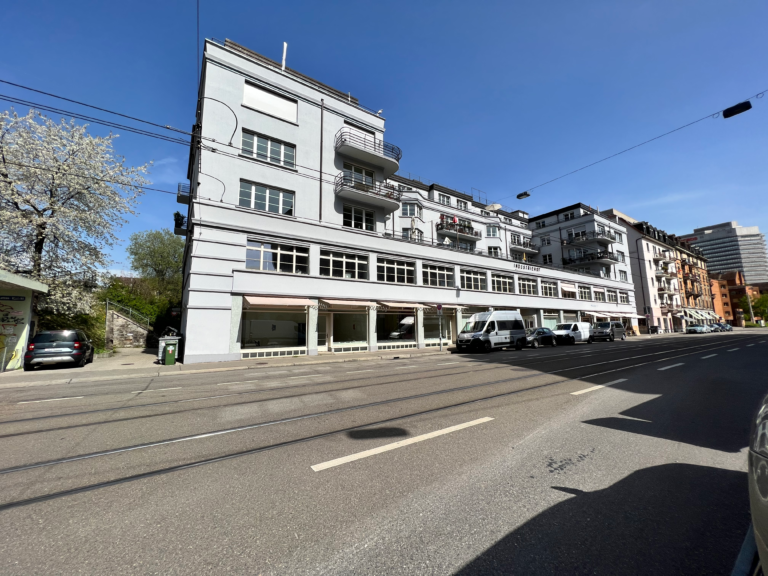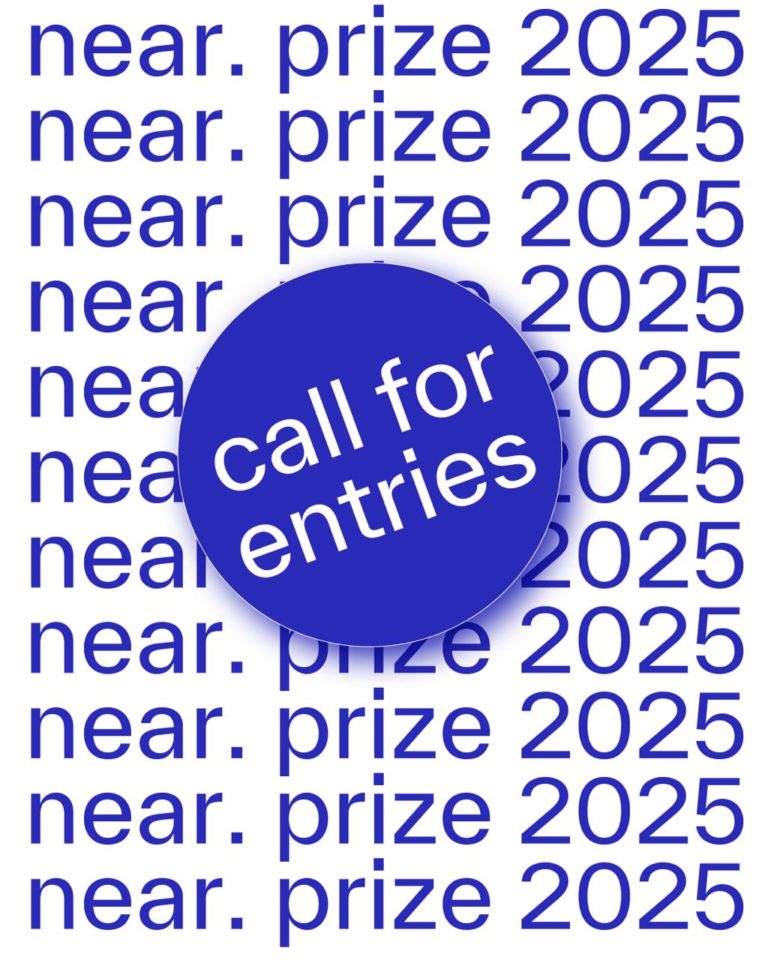Konkrete Fotografien, 2024
Ausgehend von Beobachtungen im Alltag und berührt von der Einfachheit und Ausstrahlung der Dinge hatte ich den Wunsch das Gesehene nachzustellen. Nach einer anfänglich spielerischen Herangehensweise und freien Assoziationen mit den Mechanismen der Fotografie ermöglichte mir die Serie eine analytische Auseinandersetzung mit dem Rekonstruierten.
Die Frage nach dem Abgebildeten in der Fotografie ist durch ihren direkten Bezug zur Realität unvermeidbar. Was aber wenn sich nun Fotografie ganz auf sich selbst bezieht und ihren ureigenen Prozess der Bildwerdung ins Zentrum rückt?
Die einzelnen Fotografien sind über eine Zeitspanne von mehreren Jahren entstanden. Sie zeigen Typen, die als Repräsentanten für grundlegende Elemente des fotografischen Prozesses stehen: Die Blackbox, das Fenster, der Referent, die Verbindung, die Reflexion, um nur einige davon zu nennen. Die Nummerierung in der Titelgebung verweist auf ein Inventar, auf Unterkapitel eines imaginären Regelwerkes. Thema ist das Instrumentarium der Fotografie, das ich hier in seine Bestandteile zerlege. Erst die Sammlung und das Gegenüber der einzelnen Fotografien stützen die konzeptuelle Suche und den Wunsch dem Wesen der Fotografie näher zu kommen.












Archetypen, 2020
Ausgangspunkt dieser Arbeit waren die im Wald vorgefundenen improvisierten Holzhütten. Ich war fasziniert von den primitiven Formen, der Idee des Versuchs und den sich wiederholenden Grundmustern, vereinfachte Urformen zwischen organisch freien und kontrollierten rigiden Strukturen. Die Fotografien im Hochformat heben die Bauten aus ihrer Umgebung heraus und erschaffen so eine Reihe von Archetypen. Neben der starken Präsenz der vorgefundenen Objekte, deren skulpturalen Charakter, zog mich der Gedanke der Konstruktion in den Bann. Ich wollte mich auf das Handwerk fokussieren und entschloss mich drei grossformatigen Bilder aus jeweils 81 Papierbögen manuell zusammen zu setzen. Durch diese fragmentierte Form, die Unebenheiten und die Materialität des Papiers wird das Provisorische und die Flüchtigkeit der abgebildeten Szenen aufgegriffen. Die Montage der Einzelblätter provoziert eine Suche des Auges und die Druckgrösse der Fotografien lädt bewusst zur Kontemplation ein.





Oscillating Shadows, 2014
A large projection of a dark, almost unreadable, portrait dominates the gallery space. Opposite a video depicting a water tank filled with floating photographs. Another film invites the spectator to contemplate a reflecting body of water at the seaside. All the three works observe a fragile moment, the threshold of an image’s existence that oscillates between presence and absence. This body of work explores the intersection of the photographic analogue still and the electronic moving image, using their media specificity as a conceptual framework to reflect on the image’s relation to time. With the idea that through constant movement, the image is never present as a whole and, therefore, endlessly split into fragments, it was this volatility that attracted me in the first place. The focus on video gave me a better understanding of my previous works and allowed me to see a constant theme resonating through my research: the ungraspability of an image.







Schwarzes Licht, 2010
“Large leaves of immaculate whiteness are suspended on white walls. Neons emitting a black light are buzzing on the roof. As the hours pass and the darkness intensifies, the light from the tubes begin to dominate and to gradually reveal silkscreens printed on the paper. Portraits of drug addicts begin to appear opposite the solanaceous plants. In the manner of Atropos—also the name giver to the deadly nightshade Atropa belladonna—the nature and intensity of the light source structures the cycle of appearance and disappearance of the images in Schwarzes Licht. The spectator’s visual experience is therefore subject to time. While visible at night, these human and vegetal bodies vanish in the daylight. This inversion of visibility/invisibility and day/night refers directly to the opposition of life/death. These latent images reveal themselves to those patient enough to wait for them—or they surprise those who aren’t expecting to see them.” (Noémie Richard)













Le Sapin, 2010
For this work I was invited to create a series for the exhibition Promenons-nous dans les bois, Une rétrospective de Pierre Aubert avec Nicole Hametner & Vincent Kohler. In the centre stands a photograph of a silver-painted fir tree. The analogue print measures 265x200cm and figures as a portal within the night-time universe of the series. Opposite hangs a large still life showing a composition of insects grouped around a big stag beetle lying on its back, composed like an image of a wake and framed in dark wood. A sequence of three dark night shots of the forest are installed high above. The series ends with a photograph of an old dying larch opposite a self-portrait. The curator Philippe Känel comments on this juxtaposition: “one could say it is the quest for resemblance, to finally end up in a statement of the uncanny.”







Aster, 2008
“In these photographs reigns a disturbing silence. With an overall atmosphere of the night, the work invites the viewer to meditate, as the opening picture indicates. This photograph of a figure with closed eyes and head tilted downwards functions as an allegory of introspection. It leads towards a descent into the depths of the night, into the unconscious. There are night shots of urban landscapes, long exposures related to duration. Rich in shades of grey, they contrast sharply with the other group of images. This time in colour, they assemble objects, shot with a flash in the studio in front of a black background. Aster explains nothing, its images rather work as catalysts; they only suggest the starting point for a reflection. Normally photography allows one to see the visible, but in these images the opposite predominates. It is the unseen that constitutes the veritable referent. These photographs are haunted by absence.” (Sylvie Henguely)












Graduated in 2008 in Vevey, Nicole Hametner (*1981, AT/CH) resumes in 2012 her master’s degree at the Piet Zwart Institute in Rotterdam. There she explores the photographic analogue still and the electronic moving image, using their media specificity as a conceptual framework to reflect on the image’s relation to time. 2014 -2019 Nicole Hametner works as Senior Assistant at the Bern Academy of the Arts, where she currently teaches photography. Next to that she is active as an independent photographer.
Location
Contact

Awards
- 2011Winner of the First Prize of Photography of the canton of Bern, Bern, Switzerland
- Plat(t)form 11 Fotomuseum Winterthur, Winterthur, Switzerland
- 2009Winner of the First Prize of Photography of the canton of Bern, Bern, Switzerland
- 2008Mission des Jeunes Artistes, Toulouse, France
- Participant Festival Voies Off, Arles, France
Exhibitions
- 2023 Werte im Wandel, Kunsthaus Interlaken, Switzerland
- 2022Cantonale Bern Jura, EAC (les halles), Porrentruy, Switzerland
- 2021Prix Photoforum 2020, Photoforum Pasquart, Biel, Switzerland
- 2014Unlinked, Tent, Rotterdam, The Netherlands
- 2012Photogenus, DAAP Galleris, University of Cincinnati, USA
- 2010Schwarzes Licht, Solo Show, Marks Blond Project, Bern, Switzerland
- Promenons nous dans les bois, Espace Arlaud, Lausanne, Switzerland
- 2009Aster, Solo Show, Galerie Stimultania, Strasbourg, France
Publications
- 2019Berner Almanach Fotografie, 60 current positions in photography from 1970 until today, Michael Krethlow, Konrad Tobler, Martin Wiesli (Hg.) Bern, Edition Atelier
- 2011Montchoisi, La patinoire-piscine de Montchoisi, Photography from Nicole Hametner and Nicolas Savary Text from Sylvie Henguely und Martine Jaquet Lausanne, Editions IDPURE
- 2010Exhibition catalogue, Promenons-nous dans les bois, Pierre Aubert, Une rétrospective avec Nicole Hametner & Vincent Kohler Text from Philippe Kaenel and Ana Vulic Lausanne, Editions art&fiction
- 2008Monograph Aster, Paris, Filigranes Editions, 2008 Co-edition: Ecole Professionnelle de Photographie de Vevey
Awards
- 2011Winner of the First Prize of Photography of the canton of Bern, Bern, Switzerland
- Plat(t)form 11 Fotomuseum Winterthur, Winterthur, Switzerland
- 2009Winner of the First Prize of Photography of the canton of Bern, Bern, Switzerland
- 2008Mission des Jeunes Artistes, Toulouse, France
- Participant Festival Voies Off, Arles, France
Exhibitions
- 2023 Werte im Wandel, Kunsthaus Interlaken, Switzerland
- 2022Cantonale Bern Jura, EAC (les halles), Porrentruy, Switzerland
- 2021Prix Photoforum 2020, Photoforum Pasquart, Biel, Switzerland
- 2014Unlinked, Tent, Rotterdam, The Netherlands
- 2012Photogenus, DAAP Galleris, University of Cincinnati, USA
- 2010Schwarzes Licht, Solo Show, Marks Blond Project, Bern, Switzerland
- Promenons nous dans les bois, Espace Arlaud, Lausanne, Switzerland
- 2009Aster, Solo Show, Galerie Stimultania, Strasbourg, France
Publications
- 2019Berner Almanach Fotografie, 60 current positions in photography from 1970 until today, Michael Krethlow, Konrad Tobler, Martin Wiesli (Hg.) Bern, Edition Atelier
- 2011Montchoisi, La patinoire-piscine de Montchoisi, Photography from Nicole Hametner and Nicolas Savary Text from Sylvie Henguely und Martine Jaquet Lausanne, Editions IDPURE
- 2010Exhibition catalogue, Promenons-nous dans les bois, Pierre Aubert, Une rétrospective avec Nicole Hametner & Vincent Kohler Text from Philippe Kaenel and Ana Vulic Lausanne, Editions art&fiction
- 2008Monograph Aster, Paris, Filigranes Editions, 2008 Co-edition: Ecole Professionnelle de Photographie de Vevey
























